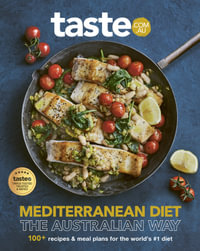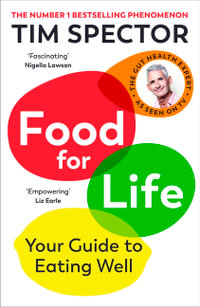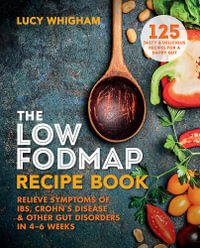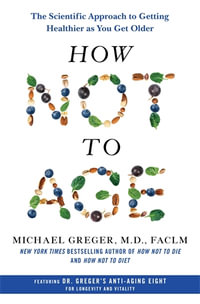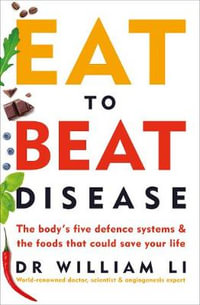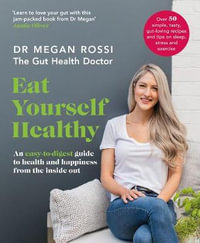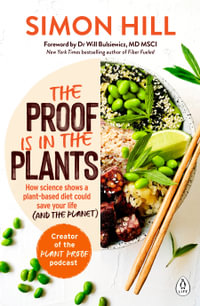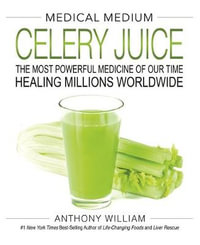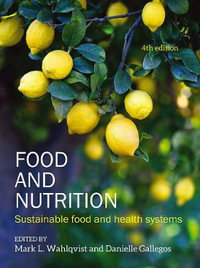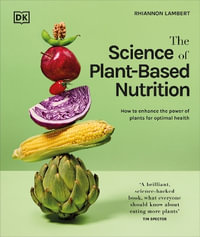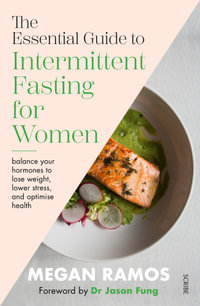Amy Hess Fischl, MS RDN LDN BC-ADM CDCES(University of Chicago Medical Center)
**Description**
This second edition of a U.K. pediatric nutrition handbook covers the most
up-to-date nutrition information in a more concise manner than typical
nutrition books. This previous edition was published in 2017.
**Purpose**
The purpose is to provide reliable nutrition advice in a practical manner. Since
nutrition information is ever evolving, this updated edition is needed to keep
up with current recommendations.
**Audience**
The book is intended for healthcare professionals in all disciplines who work
with children as well as all students in health-related fields who have an
interest in pediatrics. Since the content is U.K. focused, this book is best
used by a U.K. audience and this book certainly meets their needs. The author
is a pediatric dietitian in the U.K. and certainly is a credible authority.
**Features**
This second edition provides an update to some recommendations in the U.K.,
including the recommendation for vitamin D supplements in children. The book
contains seven sections and 19 chapters, with two to three chapters per
section. Most of the chapters include several tables, figures, and graphics.
The tables include U.K. reference intakes for vitamins and minerals as well as
typical food group distributions, healthy eating recommendations, and sample
meal plans. I was impressed with the diversity of food examples, but it makes
sense since a large number of ethnicities have migrated to the U.K. While the
U.S. does have similar diversity, U.S. books have not yet added the depth and
breadth that this book has. It certainly is something we should aspire to here.
The book also includes an excellent section on socioeconomic factors affecting
food choices, specifically religious food traditions, common food traditions
within religions, religious festivals observed by different religions, and
common traditional foods eaten by groups from different geographical regions
who have migrated to the U.K. Each of the above topics has a table with the
information. The last chapter includes nutrition for children with chronic
diseases and syndromes, including tube feeding, celiac disease, and diabetes.
Interestingly, there is a table in the diabetes section that highlights the
10-gram carbohydrate exchange list, which differs from our system of 15-gram
carbohydrate servings.
**Assessment**
While this book is meant for a U.K. audience, it certainly is an interesting
read. The topics regarding ethnicities and religions can be used by anyone in
the world. Here in the U.S., we have plenty of books that can meet the needs of
our students and healthcare professionals, such as Samour and King's
Pediatric Nutrition in Clinical Care, 5th edition, Konek and Becker
(Jones & Bartlett Learning, 2020), but this book serves its intended audience
well and is an affordable resource for nutrition professionals to gain insight
into U.K. practices.
-----------------------------------------------------------
Weighted Numerical Score: 71 - 3 Stars

